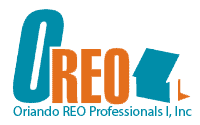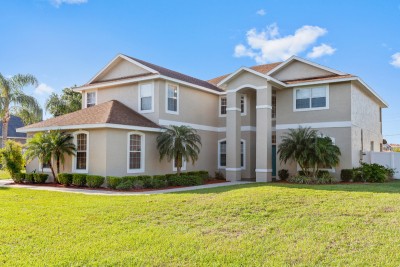REO properties are usually priced at a discount because lenders and banks want to offload their real estate inventory immediately. However, potential investors and homeowners still hesitate to buy in because these homes are sold as-is, and usually require significant repairs and renovations. Additionally, adding all the extra fees often results in a high closing price.
Why You Should Invest in REO Properties
Investing in real estate is an excellent opportunity to diversify your portfolio, and there is excellent potential for high returns. REO properties are often priced right at market value, so buying one, renovating it, and selling it for a higher price is one way to make a significant profit. This is known as flipping a property.
Of course, you must make sure to do your due diligence before buying an REO property. Thorough inspections and appraisals will unearth problems with the titles, tax liens, and areas for repair and renovation. Flipping a property is difficult work, and you may end up losing a lot of money if it costs more than you estimated or lasts longer than you planned.
Purchasing or investing in REO properties can be a fantastic idea if you do it right. This is part 1 of a 2-part guide to buying a bank-owned home. Check our blog for part 2!
A Comprehensive Guide to Buying a Bank-Owned Home
Step 1: Partner With Real Estate Professionals
The real estate industry is very complex, and it can be difficult to navigate by yourself. Buying REO homes is doubly complicated, which is why having an experienced real estate agent by your side will make the process go as smoothly as possible. Look for agents that specialize in REO properties because they know all the ins and outs of negotiations, appraisals, and all the administrative and legal procedures that you will go through.
Partnering with real estate professionals early in the REO-buying process will be tremendously helpful because you will not waste any time doing research on your own. When you have an experienced guide from the very beginning, there is much less risk for mistakes.
Step 2: Gauge the Market
Bank-owned properties generally aren’t listed on the multiple listing service (MLS) used by realtors. This is why you need to dive deep and look into bank- and lender-specific listings to see property details. Local real estate agents usually have access to REO listings from different lenders.
Collect a shortlist of REO properties that have potential. Of course, the listings will not contain all the information you need to decide if the property is a good investment. However, this information will give a good overview of what to expect. Additionally, it’s important to consider location and the neighborhood. Whether you’re the future owner of the property or you plan on flipping and selling, the best homes are close to schools, parks, shopping areas, and other community spaces.
Conclusion
Real estate-owned properties are usually listed at market value, so there is significant potential for savings if you’re a potential homeowner, or profit if you’re a potential investor. Before buying an REO home, you need to do your due diligence regarding the property and consult with REO specialists to ensure a smooth buying process.
This is part 1 of a two-part guide to buying an REO home, so make sure to check our blog for part 2!
If you want to buy REO bank-owned properties in Florida, Orlando REO Professionals I, Inc is here to help. Our REO specialists have accumulated decades of knowledge and experience, and we can help you find the best listing for your investment and ownership needs. Contact our experts today!

